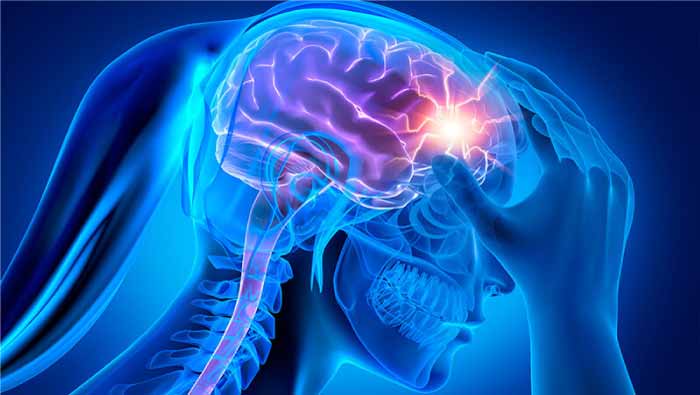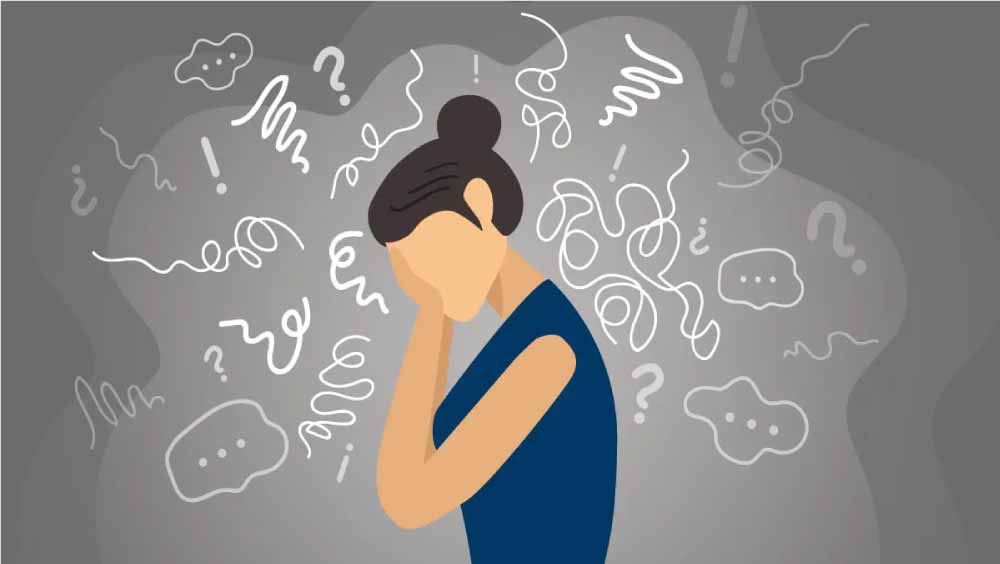There are several different types of migraine treatment, depending on the severity and frequency of attacks. Acute treatments are designed to relieve symptoms as quickly as possible and often include over-the-counter pain relievers or prescription medications. Alternatively, you may choose to use preventive treatments to reduce the number of migraine attacks and their severity. These preventive measures can be medical or non-medical and may work along with other treatments. Behavioral treatments may also be helpful in reducing the severity and frequency of attacks.
Pain on one side of the head
Migraine headaches can occur all over the head, but more often you will experience pain on one side. This is called unilateral pain, while pain on both sides is known as bilateral pain. About 60 percent of migraine sufferers will experience a shooting pain on only one side of the head over a period of four to 72 hours. Some people report pain on the same side each time, while others report that their migraine pain covers the entire head.
If you feel pain on one side of your head, it’s important to see a doctor as soon as possible. Your doctor will be able to rule out any other causes of your headaches. Your doctor may want to perform a physical exam and order blood tests to rule out any underlying conditions. You may also ask them to keep a headache diary, which is helpful in identifying triggers.
Sometimes a headache on one side of the head can be caused by something benign, such as a cold or sinusitis. In such a case, you yourself can relieve the pain by improving your posture or resting your eyes. However, if your headaches are affecting your life or causing you to miss work or school, you should see a doctor. Your doctor can diagnose the cause of your headaches and prescribe medications or other treatments to help you cope with your symptoms.
Migraine headaches often feel like a band is tightening around the head and can cause pressure on the neck, shoulders, and eyes. The pain may be accompanied by nausea, vomiting, and sensitivity to light. In addition, some migraine sufferers may experience an aura, a change in vision or speech, or a feeling of dizziness.
Sensitivity to light and sound.
If you’ve suffered from migraine, you may have heard of a condition called light sensitivity. This condition is caused by the body’s response to bright lights and loud noises. This is a brain condition that involves hundreds of thousands of neurons receiving information from the environment and activating or inhibiting the next neuron. There are two areas in the brain that are affected by sensitivity to light and sound. These areas are located in the midbrain and constantly receive information from the environment.
A study recently found that sensitivity to light and sound increases in patients, indicating greater connectivity between the different parts of the brain involved in processing this sensory information. This finding may be useful in the development of treatments for migraine. The researchers used functional magnetic resonance imaging to assess areas of the brain that process visual and auditory information. They also evaluated communication centers in the brain.
Exposure to light and sound is one of the main causes. Excessive light, flickering lights, and TV and movie screens are also known to trigger a migraine. To avoid these migraine triggers, you should minimize your exposure to bright light and avoid using bright screens as much as possible. In addition to this, wearing therapeutic sunglasses and glasses can also help you reduce your exposure to bright light.
Other causes of sensitivity to light and sound include certain autoimmune conditions and psychiatric conditions. Researchers have concluded that sensitivity to light and sound may be part of the premonitory phase of migraine. In addition, some of the medications taken by migraine patients can also be the cause of sound sensitivity.
Changing habits helps reduce migraine
Lifestyle changes can play an important role in managing migraine attacks. Studies have shown that consistent healthy habits are associated with lower migraine intensity and frequency. The American Academy of Neurology recently revised its standard of care guidelines to reflect the importance of lifestyle changes during treatment. These guidelines emphasize the importance of adopting healthy habits, hydration, nutrition, and adequate sleep.
While many other factors have been shown to be associated with migraine symptoms, there is a link between lifestyle changes and eating habits and the frequency of migraine attacks. In college students, increased numbers of migraine days were associated with changes in eating habits. Several factors, including female sex, age, and duration of illness, can influence the severity of migraine symptoms.
Another key to managing migraine is to create a bedtime routine. A person suffering from migraine should try to go to bed at the same time every night for a week and then track their sleep patterns. The goal should be to achieve 85% sleep efficiency. The National Headache Foundation recommends following a diet low in tyramine to help manage migraines.
Dietary changes during migraine are also important, as they can trigger migraine attacks. For example, caffeine withdrawal or red wine consumption can trigger a migraine attack. Changing your diet can also affect your risk of comorbid conditions, such as depression and cardiovascular disease. For people with multiple types of migraine, it may be necessary to see a psychologist or seek support groups. This can help relieve feelings of isolation that may be related to the condition. Keeping a diary and diary can help migraine sufferers identify triggers and treat them accordingly.
Dietary Change Helps Decrease Migraine
A change in diet can be an effective way to reduce the frequency and intensity of migraine attacks. This simple method does not have the side effects associated with medications. It has been shown that diet can improve your health and control many diseases. This method is easy to follow and you can see the benefits in just a few days.
Changing your migraine diet can be a life-changing process for migraine sufferers. While it can be hard to give up your favorite foods, there are ways to eat more foods that provide you with the nutrition you need. Adding more nutrient-rich whole foods to your diet can be effective and have relatively few side effects. However, it is important to discuss any changes you are considering with your doctor.
There are a variety of different dietary interventions that have been shown to reduce the frequency and intensity of migraine attacks. Some of these include low-fat, high-folate, and ketogenic diets. Another type of diet that can have an effect is a low-sodium diet. There are also some studies that show that increasing your consumption of fatty fish can reduce migraine attacks.
Eating more omega-3 fatty acids can also help decrease the frequency and intensity of migraines. Omega-3 fatty acids, found in fish and flaxseed, can help reduce the inflammation that causes migraines.
Exercise helps reduce migraine
While it may seem like an unlikely remedy for headache, exercise can be a very effective treatment. According to a study by Baillie et al, one of the best ways to manage migraines is to participate in an exercise program. This exercise program consists of regular aerobic exercise, which can help prevent migraine attacks. It also has multiple benefits, including decreasing anxiety and depression, and helps migraine sufferers sleep better.
While there are many theories about exercise’s role in migraine control, there are only a few studies comparing the benefits of exercise to not exercising. One such study found that moderate exercise reduced the number of migraine days each month. This was true even for those who did not suffer from migraine. Those in the exercise group experienced a decrease in migraine days of two to three days per month, compared to those who did not exercise.
The study also found that exercise can reduce the intensity of migraine attacks. In addition to being able to control your symptoms more effectively, exercise has also been shown to improve your self-esteem. Regardless of how effective exercise is at managing your migraine, the key is to find a safe exercise program appropriate for your specific needs and fitness level. Exercise should be of moderate intensity and performed a minimum of twice a week. However, it is important to make sure you warm up before doing any physical activity.
During your exercise routine, be sure to focus on strength, endurance, and flexibility. This type of exercise will help you maintain balance and strengthen muscles, which in turn helps prevent migraines. You can also try yoga or tai chi to help you improve these physical attributes. These exercises can be done in the privacy of your home. Another great way to stay physically active is by participating in a virtual training session.


